SIGGRAPH 1994: Art and Design Show
Chair(s):
- Deanna Morse
-
- Grand Valley State University
Art Show Administrator(s):
Location:
Orlando, Florida, United States of America
Dates:
July 24-29, 1994
Art Show Overview:
Welcome to the SIGGRAPH 94
Art and Design Show. The SIGGRAPH 94 Art and Design Show continues the tradition of showcasing a survey of the best recent works in art, design, and animation. The show is broad-based and media-inclusive. We considered entries in fine arts, design, interactive installations, art-based or multimedia essays, and animation. The 94 show includes site-specific works, shown outside of a gallery setting. We also produced an Art and Design Show video, “Persistence of Vision” with jurors’ comments to place the work in a context.We see some themes in the works this year. Several of the pieces represent a search for cultural roots. Some reflect the experience of being a tourist. Several look at family and memories. There were works that interspersed reality and fantasy elements. Some are obviously playful. There were a few with overt political statements. Many of the pieces considered the human form, and several were self-portraits. The animations included a number of collage pieces, and stories or story fragments.
As with all art, this show challenges our perspectives, stretches the limits of the expected, embraces change, and considers the meaning of visual language, codes, and symbols. Unlike many art shows, this one comments on the present because all of these artists are working with “tools” that were invented during their lifetimes.
As specified in our call for participation, the primary criterion for acceptance was aesthetic. Each work was evaluated with “traditional fine arts” considerations: use of compositional elements, color, line, form and tone. In addition, the jurors considered the aesthetic intention of each, judging the artworks on what we felt the artist was trying to achieve. We selected works that approached artistic design and creation in original ways. We looked for work that would challenge our perspectives. We included art that was visually exciting or had a strong emotional content.
We asked for works that could not have been created without the wide variety of computer tools that artists use today. As computer-generated works, the art bears the mark of the media that assisted with its creation. Some works are graphic displays of mathematical concepts. In these, the computer has determined a distinctive appearance, a syntax, that makes the work easily recognizable as computer art. In other works, where the artist has used the tools for more traditional artistic intention, these marks are less obvious. In many of the interactive works, the computer serves another function. By redefining the relationship between the viewer and the art, the computer serves as a medium as well as a tool.
Within SIGGRAPH, the Art and Design Show is one of the few places where individual voices are expressed through technology. Much of computer graphics work is collaborative, and here is one opportunity to consider the statement of a single artist. Unlike most of the conference, this art is not intended to be in the service of commercialism. Instead it offers comment on the role of technology in society today.
Chair
Deanna Morse, Grand Valley State University
Committee(s):
- Ed Anderson
-
- Trillion Post Production
- Jane Flint DeKoven
-
- Pacific Data Images
- Isaac Victor Kerlow
-
- Earth Observatory of Singapore
- Pratt Institute
- Columbia University
- Barbara Roos
-
- Roos-Eefsting Productions Inc.
- Girbe Eefsting
-
- Roos-Eefsting Productions Inc.
- Marla Schweppe
-
- Rochester Institute of Technology
- Northwestern University
- School of the Art Institute of Chicago
- The Ohio State University
- Claudia Vera
-
- University of Michigan
- Kim White
-
- Sierra On-Line
General Committee:
Art Papers Reviewers:
Exhibition Artworks:
-
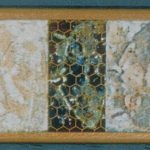
5 BP Band 4: Eclipse
[Nancy Macko]
Categories: [2D & Wall-Hung] -
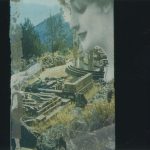
A Brief History
[Sheri Wills]
Categories: [2D & Wall-Hung] -

A-Volve: A real-time interactive environ...
[Laurent Mignonneau] [Christa Sommerer]
Categories: [Installation] -

Anatomy Lesson
[Dorothy Simpson Krause]
Categories: [2D & Wall-Hung] -

Apex
[David Glynn]
Categories: [2D & Wall-Hung] -
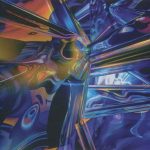
Azure
[Robert Herrick Russ]
Categories: [2D & Wall-Hung] -

Beesight Hex (Lesson 55)
[Nancy Macko]
Categories: [2D & Wall-Hung] -
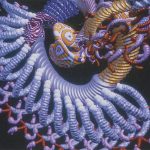
Biogenesis
[William Latham]
Categories: [Animation & Video] -

Blue Glass
[Kevin Suffern]
Categories: [2D & Wall-Hung] -
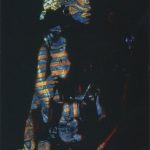
Blue Madonna
[Dorothy Simpson Krause]
Categories: [2D & Wall-Hung] -
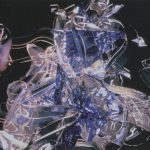
blue worms
[Stewart McSherry]
Categories: [2D & Wall-Hung] -
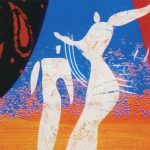
Bolero
[Jane White]
Categories: [Animation & Video] -
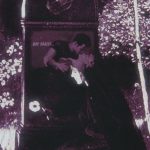
Boy Crazy
[Daphne Longo]
Categories: [2D & Wall-Hung] -
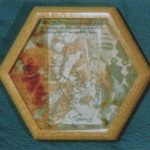
BP Army I (The Waggle Dance)
[Nancy Macko]
Categories: [2D & Wall-Hung] -

Broken Childhood
[Xavier Casadesús]
Categories: [Animation & Video] -
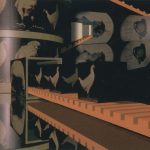
Camoflage
[Suriyachat Singhakowin]
Categories: [Animation & Video] -
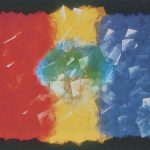
Color <-> Control: Flags
[Kazuma Morino]
Categories: [Animation & Video] -
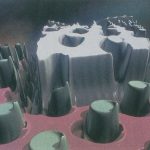
Displaced Dice
[Rolf Herken]
Categories: [Animation & Video] -

Don't Drop the Package
[Kim Bauer] [Michael DiComo]
Categories: [Installation] -
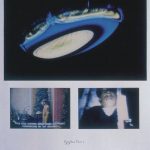
Dysfonction
[Valéry Grancher]
Categories: [2D & Wall-Hung] -

End of the Street
[Ana Z. Ursyn]
Categories: [2D & Wall-Hung] -
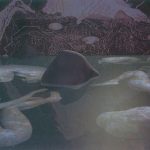
Equinoctial Sleep
[Alexander Jamison]
Categories: [2D & Wall-Hung] -
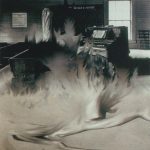
Evans vs. Weston
[Anil Melnick]
Categories: [2D & Wall-Hung] -

Fantasy of Spring
[Yina Chang]
Categories: [Animation & Video] -
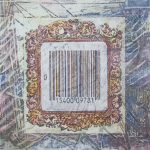
First Things First
[Madge Gleeson]
Categories: [2D & Wall-Hung] -
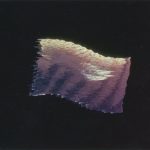
Fish #9
[Frances Valesco]
Categories: [2D & Wall-Hung] -
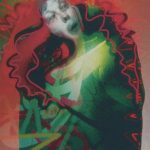
Flame
[Judith Artoux]
Categories: [2D & Wall-Hung] -

Flame #12
[Scott Draves]
Categories: [2D & Wall-Hung] -
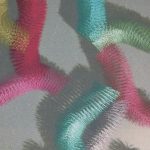
Furble
[Yasuo Ohba]
Categories: [Animation & Video] -
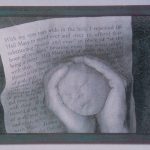
Hail Mary
[Kathleen Chmelewski]
Categories: [2D & Wall-Hung] -
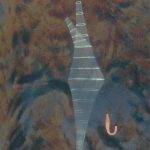
Imi & Vita
[Kent Rollins]
Categories: [2D & Wall-Hung] -

Indiscriminate Visions
[Tom Leeser]
Categories: [Installation] -

Les Muriens
[Oliver Lannaud]
Categories: [Animation & Video] -
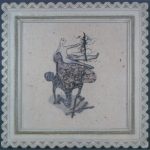
Lightening
[Kathleen Chmelewski]
Categories: [2D & Wall-Hung] -

Love and Technology
[Pamela Hobbs]
Categories: [2D & Wall-Hung] -
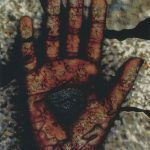
Mann
[Liz Crimzon]
Categories: [2D & Wall-Hung] -

Math II
[Robert Bowen] [Karen Sideman]
Categories: [2D & Wall-Hung] -
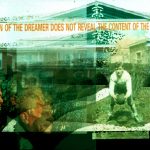
Memorium Triptych
[Raffals Estate]
Categories: [2D & Wall-Hung] -

Mirage Illimité
[Maurice Benayoun] [Alain Escalle]
Categories: [Animation & Video] -

Mistaken Identity
[Timothy Keon] [Brian Steiner]
Categories: [Animation & Video] -
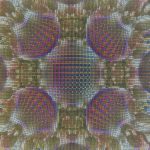
MM9505
[Hiroko Inakage]
Categories: [2D & Wall-Hung] -
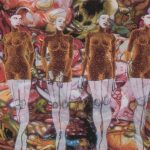
Monster Party
[Valerie Hallier]
Categories: [Animation & Video] -

N'a pas dit son premier mot
[Jean-Pierre Hébert]
Categories: [2D & Wall-Hung] -

New Life Forms
[Bonnie Kane]
Categories: [2D & Wall-Hung] -
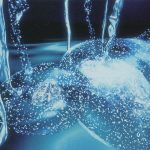
Oscillation
[Jules Bister]
Categories: [Animation & Video] -
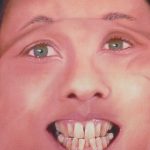
Photomask #2
[Peter Voci]
Categories: [2D & Wall-Hung] -

Photomask #4
[Peter Voci]
Categories: [2D & Wall-Hung] -
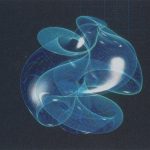
Plastic Operation
[Yuji Furata]
Categories: [Animation & Video] -
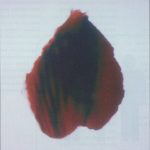
Please, Touch Me ...
[Marta Guitart]
Categories: [Installation] [Interactive & Monitor-Based] -

Polymath
[Robert Bowen] [Karen Sideman]
Categories: [2D & Wall-Hung] -
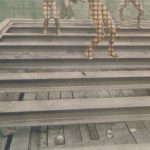
Postquake LA: Still Life #1
[Louise Krasniewicz]
Categories: [2D & Wall-Hung] -
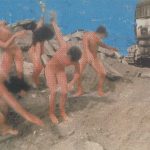
Postquake LA: Still Life #2
[Louise Krasniewicz]
Categories: [2D & Wall-Hung] -

Radiosity Ellipses with Depth of Field
[John Kahrs]
Categories: [2D & Wall-Hung] -

Rambona
[Victoria Vesna]
Categories: [2D & Wall-Hung] -
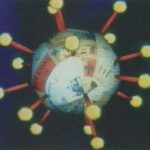
Rave Safe
[Jeff Jaffers] [Adem Jaffers]
Categories: [Animation & Video] -

Realidade Real
[Manuel K. Santos]
Categories: [Animation & Video] -
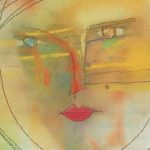
RENGA (Linked Images)
[Toshihiro Anzai]
Categories: [Installation] -
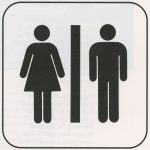
Rest Rooms
[Timothy Binkley]
Categories: [Installation] -
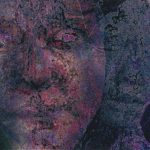
Safe Sex: Reconfigurations of Desire
[Bill Woodard]
Categories: [2D & Wall-Hung] -
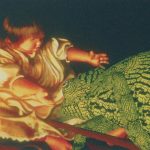
Search of Identity
[Carmen Roman]
Categories: [2D & Wall-Hung] -
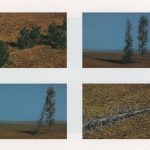
Seasons of Life
[Midori Kitagawa De Leon]
Categories: [2D & Wall-Hung] -
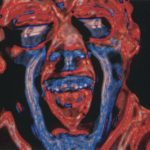
Self Portrait
[Dino Bagdadi]
Categories: [2D & Wall-Hung] -
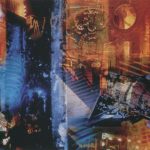
Sgraffito
[Annette Weintraub]
Categories: [2D & Wall-Hung] -

Smoke and Mirrors I
[Kevin Geiger]
Categories: [2D & Wall-Hung] -

still life
[John Walker]
Categories: [Animation & Video] -

Stories Over Dessert—Part One
[Romanna J. Flores]
Categories: [2D & Wall-Hung] -
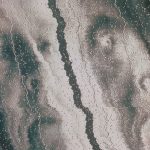
Surface Tension
[Heather Fernon]
Categories: [2D & Wall-Hung] -

Techno Digesto Fetishism
[Troy Innocent] [Elena Popa]
Categories: [Animation & Video] -

The Covering Series #1
[Deanne Sokolin]
Categories: [2D & Wall-Hung] -
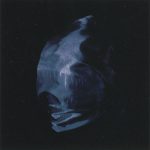
The Covering Series #2, Enrobed Head
[Deanne Sokolin]
Categories: [2D & Wall-Hung] -
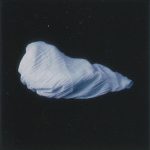
The Covering Series #3
[Deanne Sokolin]
Categories: [2D & Wall-Hung] -

The Hit
[Jordi Moragues]
Categories: [Animation & Video] -
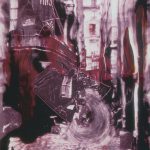
The Pen is Mightier
[Anil Melnick]
Categories: [2D & Wall-Hung] -
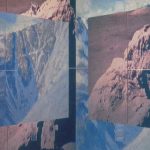
Tomorrowland: Anamorphic Landscape Studi...
[Christopher Burnett]
Categories: [2D & Wall-Hung] -
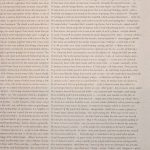
Tomorrowland: Anamorphic Landscape Studi...
[Christopher Burnett]
Categories: [2D & Wall-Hung] -
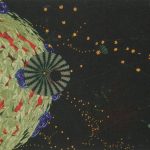
Turbulence: An Interactive Installation ...
Categories: [Installation] -
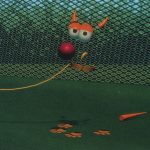
Uncle Louie's Obedience School
[Jeff Pratt]
Categories: [Animation & Video] -

Untitled
[Duane D. Bray]
Categories: [2D & Wall-Hung] -

Untitled
[Robert Bowen]
Categories: [2D & Wall-Hung] -

Untitled #3
[Philip Casamayor]
Categories: [2D & Wall-Hung] -
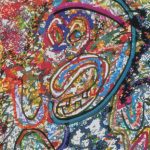
Urban Man
[Corinne Whitaker]
Categories: [2D & Wall-Hung] -
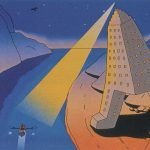
Ursa Minor Blue (excerpt)
[Shigeru Tamura]
Categories: [Animation & Video] -
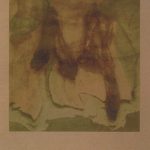
Valley Petroglyphs II
[Kathy T. Hettinga]
Categories: [2D & Wall-Hung] -
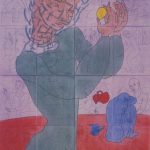
Veiled Egg
[Barbara Nessim]
Categories: [2D & Wall-Hung] -
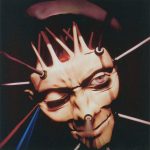
Virtual Bust/Franz K.
[(art)n Laboratory] [Christopher Landreth]
Categories: [2D & Wall-Hung] -
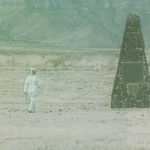
Waxweb
[David Blair]
Categories: [Installation] -

Window Verses
[Shine Fitzner]
Categories: [Animation & Video] -

Winke Winke
[Horst Hörtner] [Gerfried Stocker]
Categories: [Installation] -

Xian Series
[Hui-Chu Ying]
Categories: [2D & Wall-Hung]
Exhibition Writings and Presentations:
-
Title:
Computer Sculpture: New Horizons
Author(s):
Category: Essay
Abstract Summary:
An essay that focuses on opportunities for a new approach to computer-generated sculpture through the use of the interactive, user participatory attributes associated with virtual reality technology. The text briefly reviews the progress of sculpture from a static, physical art form through the use of computers as sculpture visualization tools, towards true ‘virtual sculpture’ as a metaphysical, three-dimensional experience. The author discusses two of his own recent prototype virtual reality pieces to demonstrate his projection of possible future trends in the viewers’ immersion in sculpture as an activity and an art form, not merely as an observer of a set of objects.
[View PDF]Title: The Aesthetics and Practice of Designing Interactive Computer Events
Author(s):
Category: Paper
Abstract Summary:
Much confusion and hyperbole surrounds discussions of the aesthetics of interactive computer events. This essay works to clarify some of this confusion by analyzing the differences between interactive and non-interactive events, reviewing the variety of forms included under the umbrella term “interactivity,” and investigating the theoretical rationales offered to support claims of interactivity’s superiority derived from psychological, political, art historical, and techno-historical sources. Building on this analysis, the essay suggests extensions to current GUI design canons that uniquely attend to interactivity as an aesthetic issue. It also investigates the challenging interactivity possibilities of emerging technologies.
[View PDF]Title: The Engineering of Vision and the Aesthetics of Computer Art
Author(s):
Category: Paper
Abstract Summary:
The rise of modern image industries, such as computer graphics, human factors research, or computer vision, can be seen as a part of the shift to the post-industrial society of perceptual labor. In contemporary society, human vision has become the key instrument of labor: the channel of communication between human and machine. If the industry aims to make human vision as productive and as efficient as possible, the computer artist, in contrast, can be defined as a designer of bad interfaces: interfaces that are inefficient, wasteful, confusing.
[View PDF]Title: There are No Philosophic Problems Raised by Virtual Reality
Author(s):
Category: Essay
Abstract Summary:
There is widespread agreement that virtual reality presents serious new challenges to perceived ways of thinking about such fundamental concepts as reality, simulation, representation, perception, and sensation. It has been seen as a practice that might have deep consequences for conventional ways of construing the mind-body problem, including the minimal requirements for a body, requirements for the coherent reception of sensation, and the relation between reason and intuition. Most fundamental of all, it has been said to entail a new kind of space, differing from Cartesian and other spaces and requiring new definitions of space and form. This paper argues, on the contrary, that virtual reality does not raise any new philosophic problems.
[View PDF]



